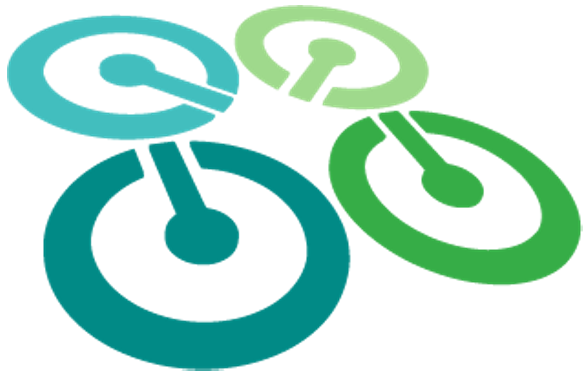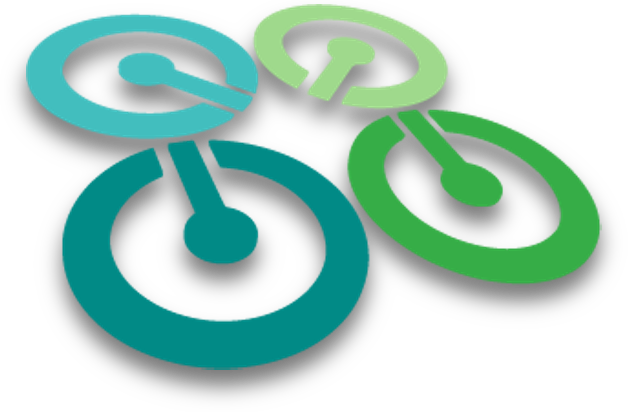Content
Rather than carefully generating and assessing complex specifications and designs, the planning stage is a lot more compressed. This gives developers a general framework to create “minimally viable” app prototypes as quickly as possible.
Aditxt, Inc. Signs Non-Binding Letter of Intent to Acquire Point-of-Care Diagnostic Technology Development Company – Business Wire
Aditxt, Inc. Signs Non-Binding Letter of Intent to Acquire Point-of-Care Diagnostic Technology Development Company.
Posted: Mon, 13 Dec 2021 13:44:00 GMT [source]
Therefore, it also provides them with fewer opportunities to be disappointed and more to increase satisfaction with the end product. Of course, if you’re moving in the right direction, your clients will feel more comfortable with the creative control they’ve given your team and how functionality is unfolding. The development process emphasizes short development windows to get an iteration of the product into the customer’s hands for review faster. This validates your work and vision more quickly, giving your development team a cyclical confidence boost.
Benefits Of Rad Model For Rapid Application Development
This can be a prototype that satisfies all or only a portion of requirements . Rather than making you spend months developing specifications with users, RAD begins by defining a loose set of requirements. We say loose because among the key principles of rapid application development is the permission to change requirements at any point in the cycle. Rapid Application Development was born as a solution to this issue.
Software can radically change the entire process used to solve a problem. As a result, knowledge gained from the development process itself can feed back to the requirements and design of the solution. Plan-driven approaches attempt to rigidly define the requirements, the solution, and the plan to implement it, and have a process that discourages changes. Rapid application development is an agile software development approach that focuses more on ongoing software projects and user feedback and less on Follow-the-sun following a strict plan. The rapid application development approach focuses on creating applications faster with less attention on hardline planning and more on rapid prototyping and developing workable solutions. You can use low code development or no-code development platforms to minimize writing blocks of codes and create prototypes faster while reducing development time. Those following the RAD approach focus on rapid prototyping and feedback instead of a drawn-out development and testing cycle.

You can also use container technology for improving your developer’s efficiency. If you are not using containers, then you need to test your application in different environments. They will waste most of their time in booting different virtual machines.
Prototype and scale in size and complexity as time goes on and developers receive more feedback. There should be no question why a customer-driven approach to developing software is advantageous. It should be used if there’s high availability of designers for modeling and the budget is high enough to afford their cost along with the cost of automated code generating tools. This is the main course of the RAD methodology—and what sets it apart from other project management strategies. In either case, there is a significant emphasis on early and continuous software delivery and room for changing requirements even in the later stages of development. So, here were the seven benefits that have brought Rapid Mobile Application Development in the business decision of brands looking to develop quality apps in the least possible time.
Is The Rad Model Right For Your Team?
And the market growth for this mode of development is similarly exponential. Let’s take a look at an example of a team that applied RAD development methodology to their work, and won — big time. You can get around this requirement by relying on data synthesis, a process which generates fake data to resemble in approximation the data set your end-users expect. This enables you to model behaviors with your prototype without going the extra mile to build connectors in advance of needing them. However, exceptions exist for products we are able to simulate without placing anyone in harm’s way. But if your project must be 100% flawless before you expose it to the end-user, rapid app development is not the choice for you. This prototype may cut corners to reach a working state, and that’s acceptable.
- Organizations are able to achieve greater efficiency and quicker development of software by implementing the Rapid Application Development Method.
- Many companies are using RAD methodology for reducing these factors.
- Build and scale your team quickly with more than 500 readily available profiles.
- It’s essential to know the advantages and disadvantages of the RAD model before taking a step toward adopting it.
- RAD helps to rapidly develop prototypes for testing functions and features, without having to worry about any effects on the end product.
With a recent prototype prepared, RAD developers present their work to the client or end-users. They collect feedback on everything from interface to functionality—it is here where product requirements might come under scrutiny. Although the benefits of RAD may outweigh its disadvantages, there is no software development method that is flawless. Let’s examine few barriers that you are most likely to encounter when implementing RAD into a new project.
Rapid Application Development is a model insoftware developmentwhere more importance is given to prototyping and feedback. Like most changes, when it comes to models in the software development process. This particular field too, has seen quite a number of changes as well as additions. From the very first Waterfall model to complex Spiral models, there are quite a few out there with their own pros, cons and abilities. Next, the developers code prototypes that can filter and include the user feedback repeatedly until it meets everyone’s expectations.
Is Your Team Rad
User design phase – during this phase, users interact with systems analysts and develop models and prototypes that represent all system processes, inputs, and outputs. The RAD groups or subgroups typically use a combination of joint application design techniques and CASE tools to translate user needs into working models. User design is a continuous interactive process that allows users to understand, modify, and eventually approve a working model of the system that meets their needs. This has resulted in some confusion over the term RAD even among IT professionals.
Enterprises have come to expect speed, agility and scalability at the lowest possible TCO. Meanwhile, an explosion of APIs and front-end technologies has multiplied the technological burden on developers to deal with the smorgasbord of front-end technologies and devices. Using Rapid Application Development, organizations can stay on top of these changes by delivering applications at the speed of business. Initial prototype designs help teams gain insights into the potential risks that could emerge in the development lifecycle. Developers make required modifications in the prototypes as risks appear in an ongoing development cycle. Both developers and non-developers can practice rapid application development with customized workflows and functionality. These tools differ from low-code development platforms in the level of customization one can achieve.
Define Requirements
One approach used in some RAD methods was to build the system as a series of prototypes that evolve from minimal functionality to moderately useful to the final completed system. The advantage of this besides the two advantages above was that the users could get useful business functionality much earlier in the process. It is crucial for teams that are working on a rapid app development project to discuss and agree on the purpose of the desired software solution. To get to this point, a comprehensive review of the requirements and goals of the project must be researched to understand the project’s scope.

Any change is easy to incorporate as it will affect one model of the application and not the entire development in one go. Finally, following several interactions of development, user feedback, and testing, you will arrive at a software product that is well-adjusted to the needs and desires of your users. Prototypes are built to gather user feedback and developers gather user feedback to re-work prototypes. In consequence, you will need highly skilled developers to make RAD work; and they need to be truly committed to the project. Of course, rapid application development is fast, The entire model is based around this singular characteristic.
Phase 3: Rapid Prototyping
In a rapid development environment, your team exposes the end-user to prototypes early and often, frequently with incomplete or missing user flows. Therefore, you must divide your project such that your team may build and present the advantages of rad product in portions , rather than in one complete whole. Often, a barrier to modularization occurs on the backend where your project must integrate with multiple third parties before delivering a business use-case to the end-user.

If you don’t have the time to go through a long requirement planning and design phase, then rapid application development software is your best bet. Rapid application development takes an on-the-fly approach, which makes sense for quick development which can change direction on a dime. RAD By allowing code to be reused , Pre developed library and template tools to assist .
For customers , It is often difficult to visualize the final product and the problems it will solve . Adopt RAD Method , You can get a prototype , This not only makes it easier for you to see the appearance of the product , And it’s easier to understand its functions . For customers looking for results in a short time , This model is the ideal choice . It also helps to refine the functional requirements of the application . It is quite obvious that since the time required in the developing process as compared to previous models is greatly reduced.

